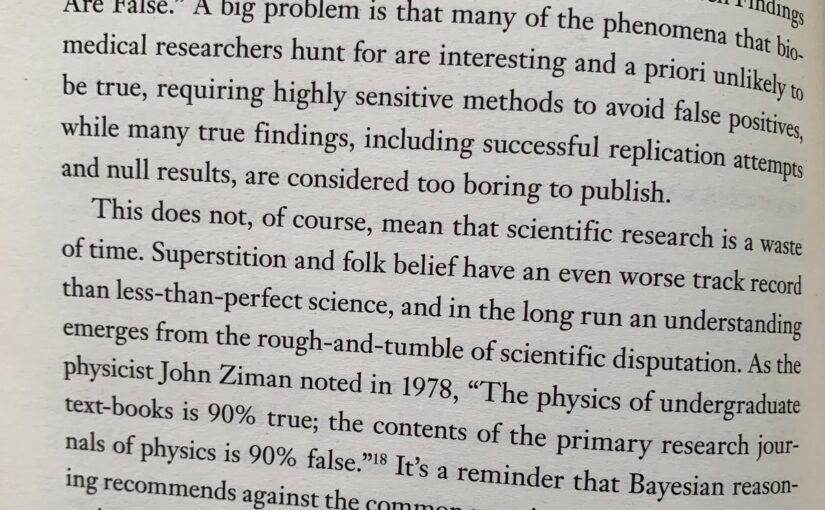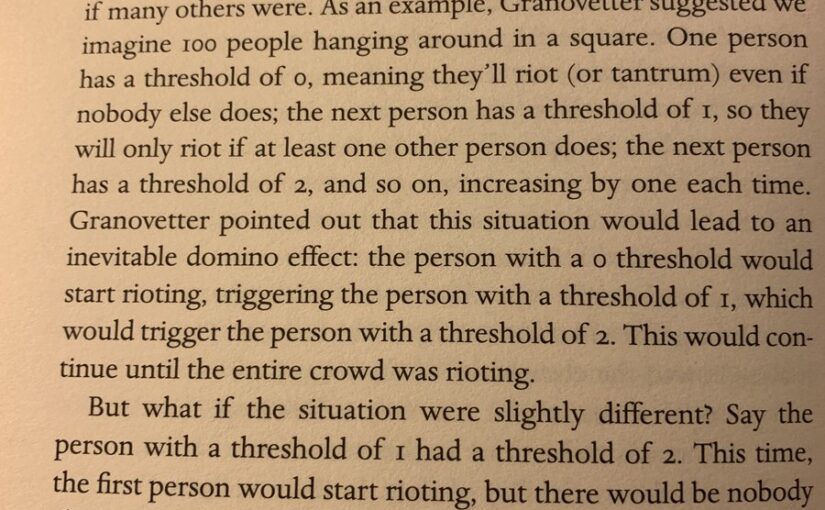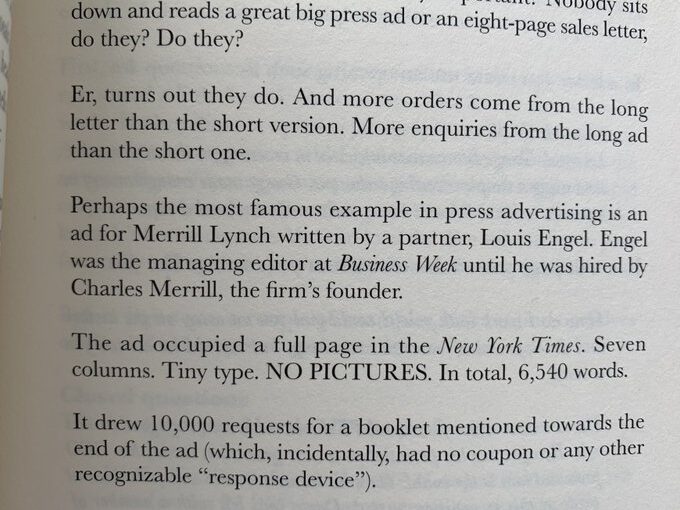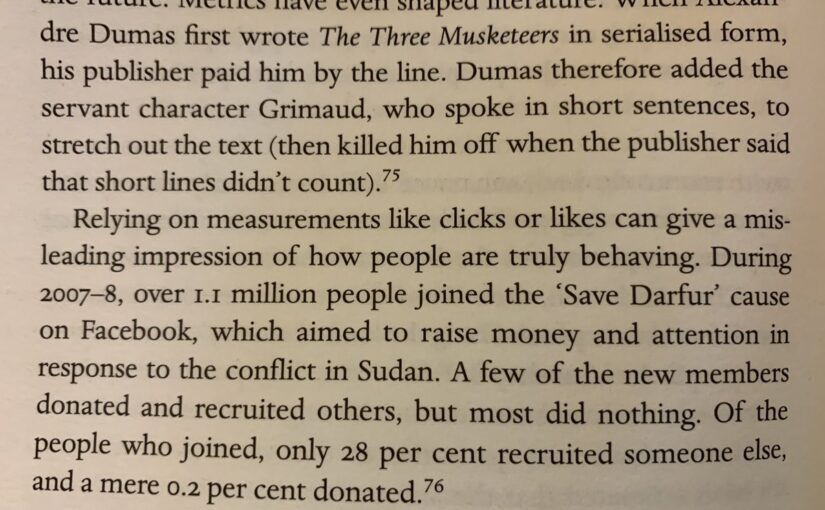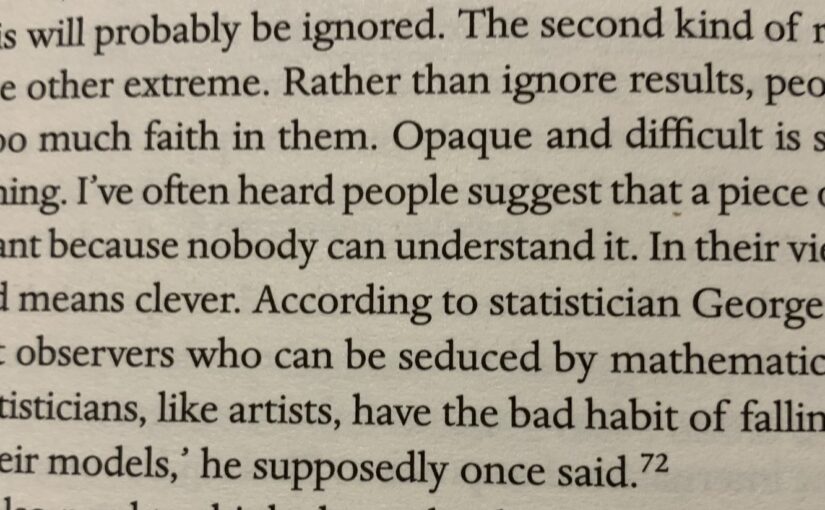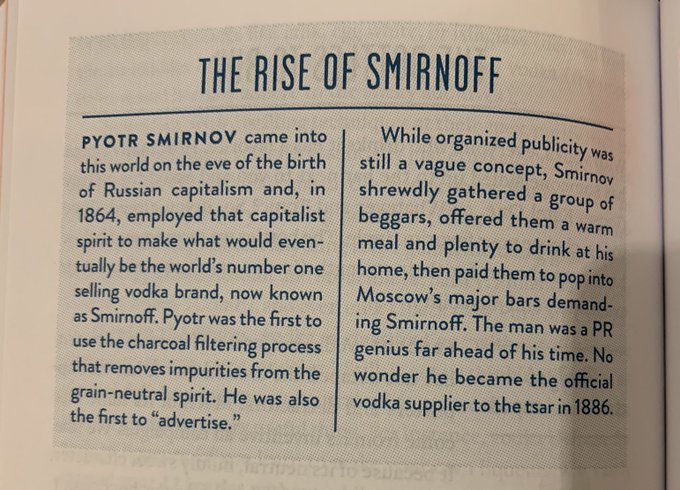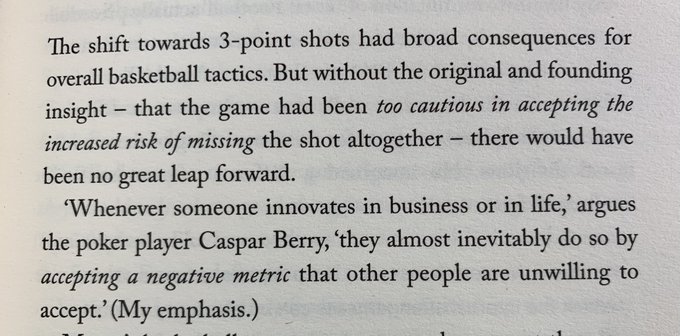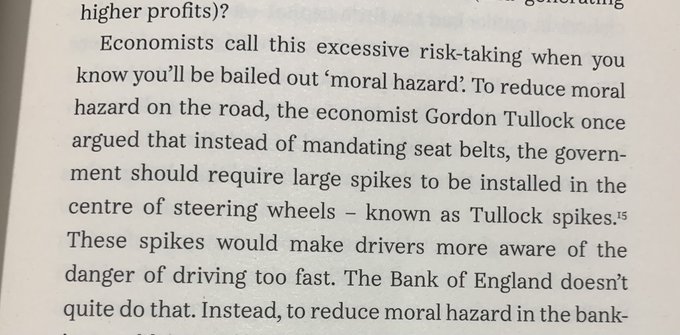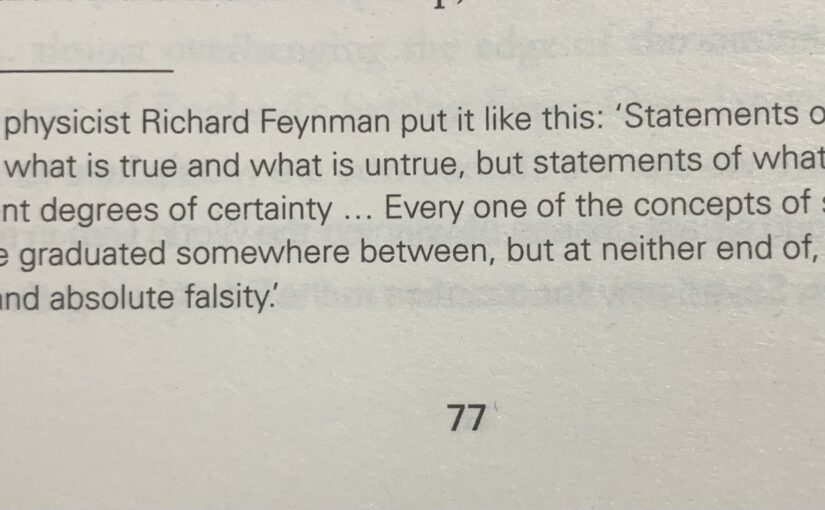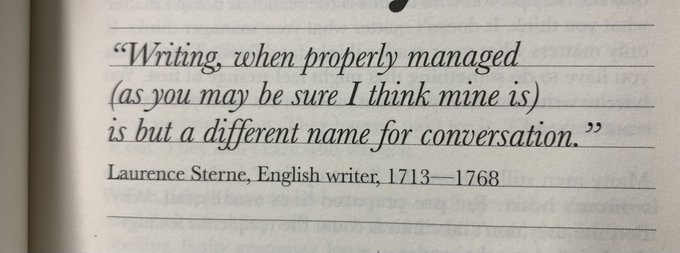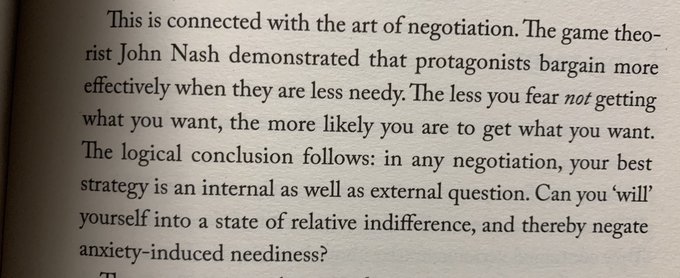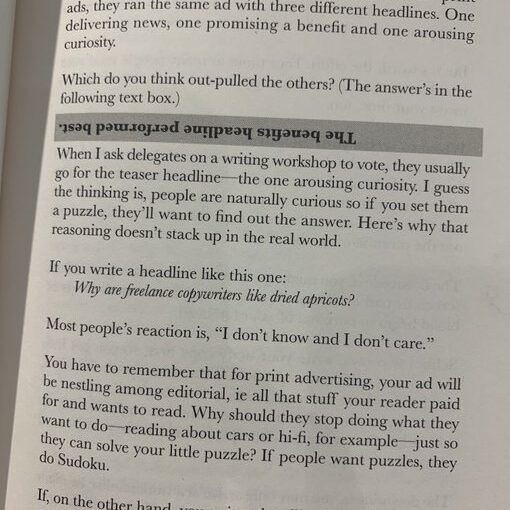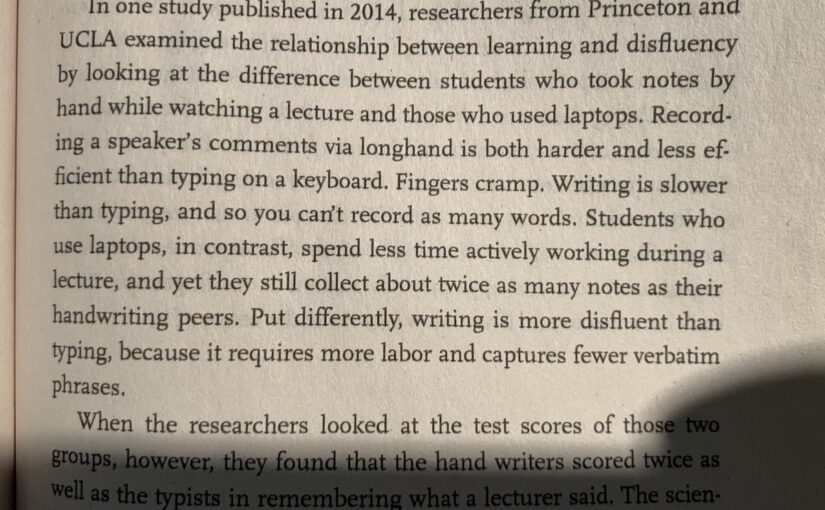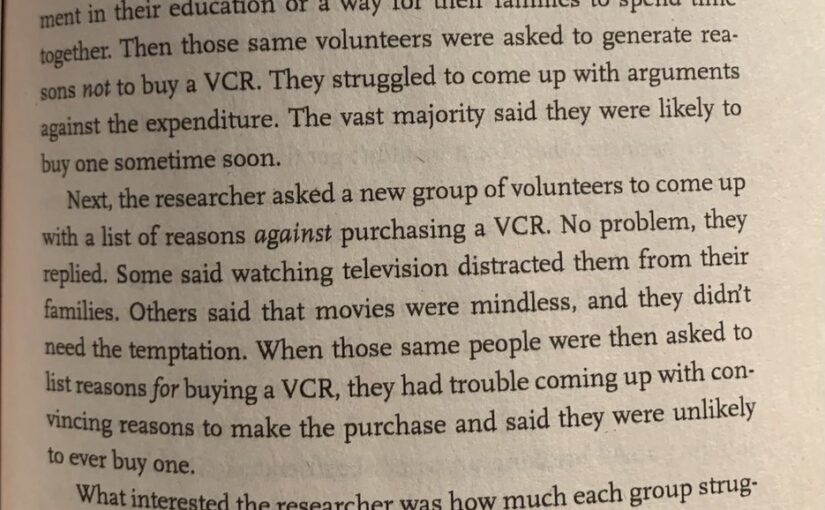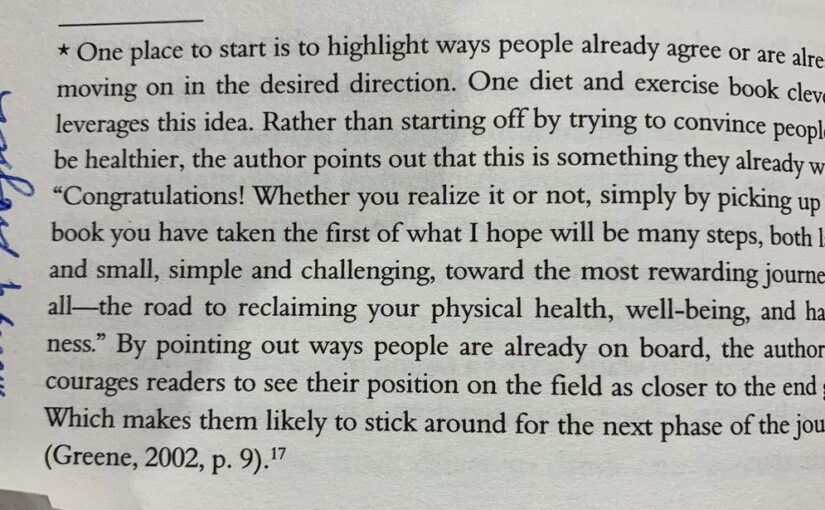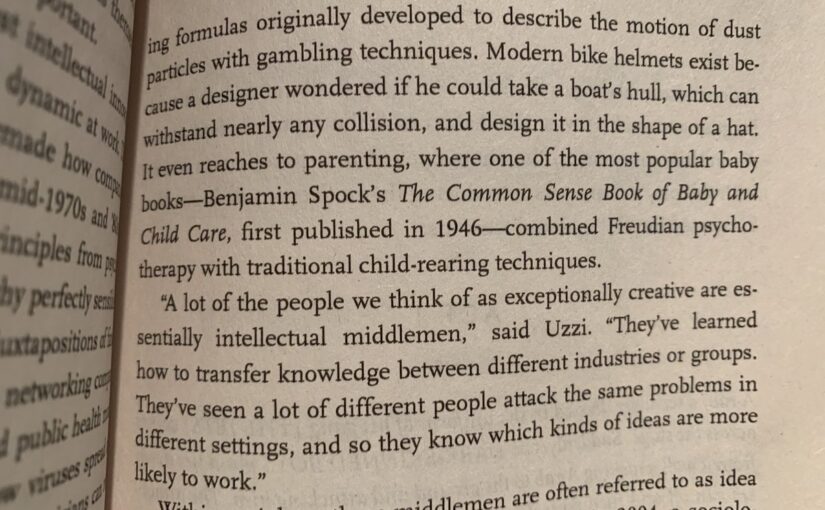Take, as proof, what happened when psychologist Thomas Moriarty staged thefts on a New York City beach to see if onlookers would risk personal harm to halt the crime. In the study, a research accomplice would put a beach blanket down five feet from the blanket of a randomly chosen individual – the experimental subject. After a couple of minutes on the blanked spent relaxing and listening to music from a portable radio, the accomplice would stand up and leave the blanket to stroll down the beach, A few minutes later, a second researcher, pretending to be a thief, would approach, grab the radio, and try to hurry away with it. As you might guess, under normal conditions, subjects were very reluctant to put themselves in harms way by challenging the thief – only four people did so in the twenty times that the theft was staged. But when the same procedure was tried another twenty times, with a slight twist, the results were drastically different. In these incidents before taking his stroll, the accomplice would simple ask the subject to please “watch my things,” which each of them agreed to do. Now, propelled by the rule for consistency, nineteen of the twenty subjects became virtual vigilantes, running after and stopping the thief.
Excerpt from: Influence: The Psychology of Persuasion by Robert Cialdini














